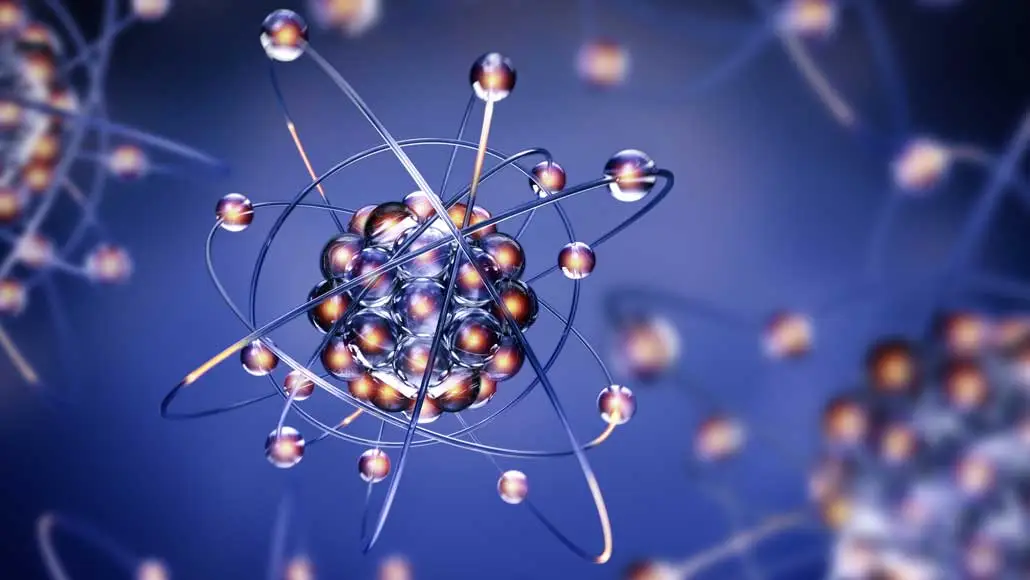
Scientists disagree over the size of protons (illustrated within the nucleus of an atom). A new measurement lends additional support to claims that protons are smaller than previously thought.
Altayb/iStock/Getty Images Plus

Scientists disagree over the size of protons (illustrated within the nucleus of an atom). A new measurement lends additional support to claims that protons are smaller than previously thought.
Altayb/iStock/Getty Images Plus